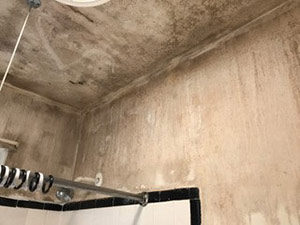Tips for Treating Mold Found Inside Plumbing Pipes and Drains

What In Your Plumbing?
Whenever you’re near a drain in the kitchen or bathroom, and a moldy and unpleasant odor emanates from the opening, there’s a good chance that mold has accumulated and is growing in the pipes and around the drain.
Problems with Moldy Pipes and Drains
No matter how careful you may be about eliminating food particles going down the drain, there will always be snippets that make their way into the pipes.
In the bathroom sink, shower, and bathtub drains there are other items that build up such as dead skin and hair. Both serve as food sources for mold to feed on, multiply and grow, which keeps the mold cycle alive and well.
What to Look For and Steps to Take
Each month it’s recommended that you visually inspect drains for mold buildup and odors, and check for any leaks around pipe fittings and/or signs of puddling water under the sink.
It is also recommended that drains be cleaned once a month with natural cleaning products such as baking soda and white vinegar; never use bleach as it is too abrasive to pipes and the fumes are not healthy to breathe.
If there’s damage to the pipes, it’s time to call a plumber to make the necessary repairs. If you find you’re dealing with mold only, it’s time to make an appointment with a mold removal specialist in New York City to treat the affected pipes and drains immediately.
At Stern Mold, we specialize in mold removal in New York City through guaranteed remediation treatments. We offer a free home inspection, discuss treatment options, create a plan of action, then take care of the problem
